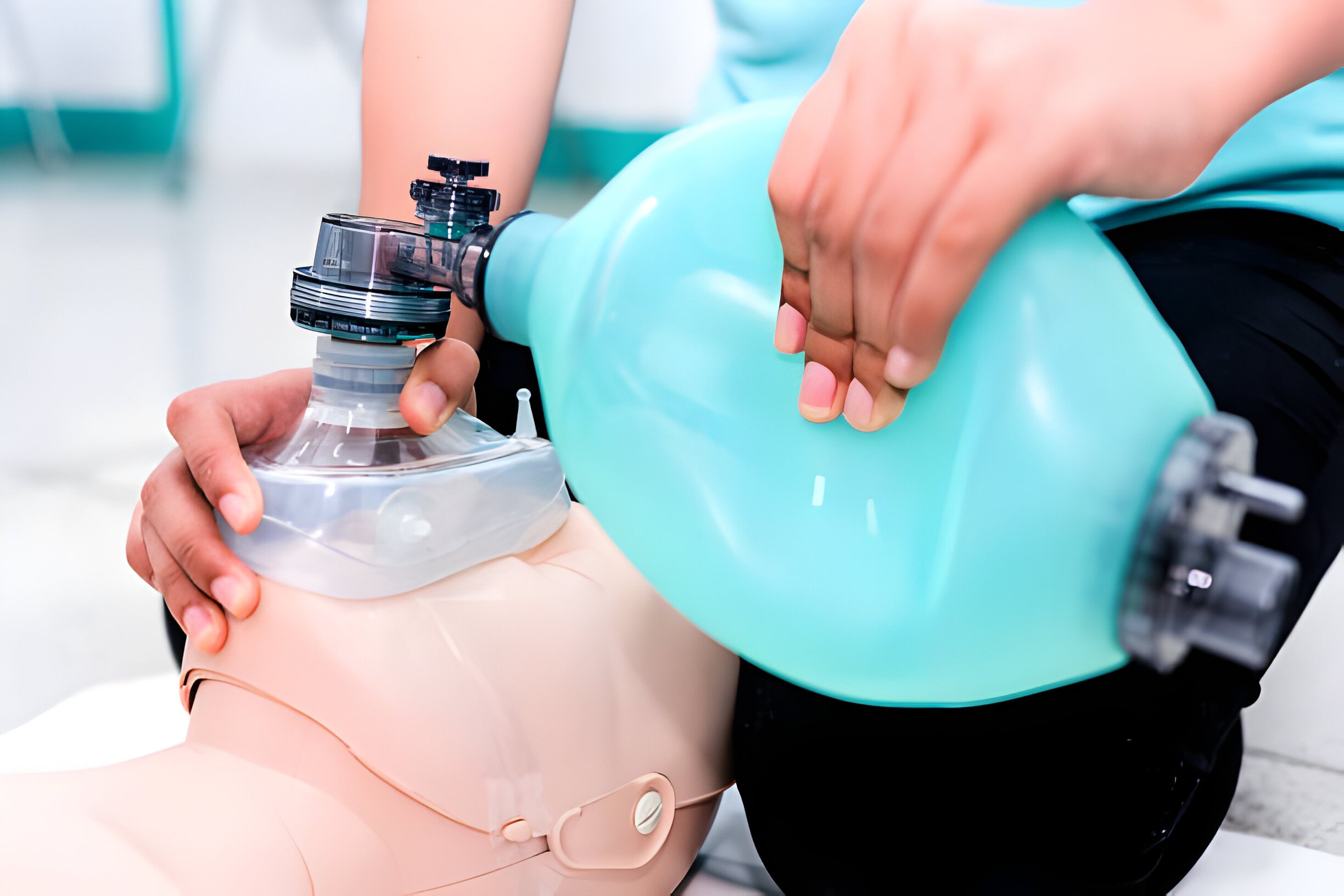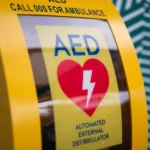How to master BVM ventilation?

To master bag-valve-mask which is also known as BVM ventilation, healthcare providers should focus on several key aspects. First, ensure a proper mask seal by positioning the mask correctly and using the two-handed technique for a secure fit. Next, deliver breaths effectively by using the appropriate volume of air, typically 500-800 mL for adults, while monitoring for chest rise.
Avoiding gastric inflation is crucial, so providers should be mindful of over-ventilation, which can lead to air entering the stomach instead of the lungs. Regular training and practice, along with feedback and assessment, are essential for mastering BVM ventilation and maintaining proficiency in this critical skill.
In this article, we will explore the key components of mastering BVM ventilation, including the most effective delivery methods and considerations for optimal patient care.
What is the most effective way to deliver bag-mask ventilation?
Effective BVM ventilation forms a major part of emergency medical care courses such as BLS ACLS, and PALS. Mastering the most effective techniques for delivering BVM ventilation is crucial for healthcare providers to ensure optimal patient outcomes. In this section, we will learn the key strategies and considerations for delivering BVM ventilation with precision and efficacy.
- Proper Mask Seal and Positioning:
Achieving a proper mask seal is fundamental to effective BVM ventilation. Healthcare providers should utilize a two-handed technique to ensure a secure fit of the mask over the patient’s nose and mouth, minimizing air leakages and maximizing the delivery of breaths to the lungs.
- Optimal Ventilation Technique:
Delivering breaths with the correct volume of air is essential for effective BVM ventilation. For adults, the recommended volume typically ranges from 500-800 mL, and providers should monitor for chest rise to confirm adequate ventilation while avoiding excessive pressure that could lead to lung over inflation.
- Prevention of Gastric Inflation:
Preventing gastric inflation is critical during BVM ventilation. Over-ventilation can lead to the introduction of air into the stomach, increasing the risk of regurgitation and aspiration. Healthcare providers should focus on delivering breaths at an appropriate rate and volume to minimize this risk and optimize patient safety during BVM ventilation.
Mastering the most effective techniques for delivering bag-mask ventilation (BVM) is vital for healthcare providers to ensure the best possible patient care in emergencies. Knowing CPR first aid and even PALS in the case of children and infants also proves to be a lifesaver under such circumstances. Now let us have a look at how our breaths are delivered using a bag-mask device
How are breaths delivered using a bag-mask device?
Delivering breaths using a bag-mask device is a fundamental skill in emergency medical care, essential for providing immediate respiratory support to patients experiencing compromised breathing.
Let’s assess the key considerations and techniques involved in delivering breaths using a bag-mask device.
- Proper Hand Position and Technique:
Achieving a secure mask seal while delivering breaths using a bag-mask device requires proper hand positioning and technique. Healthcare providers should apply consistent and adequate pressure to the bag, ensuring the delivery of an appropriate tidal volume of air to support the patient’s respiratory needs. Maintaining a secure mask seal is essential to prevent air leaks and maximize the effectiveness of breath delivery.
- Coordination with the Patient’s Respiratory Cycle:
Effective breath delivery using a bag-mask device involves coordination with the patient’s respiratory cycle. Providers should aim to deliver breaths in synchrony with the patient’s natural breathing pattern, if present, to optimize gas exchange and minimize the risk of lung overinflation. This coordination ensures that ventilation support is provided in a manner that complements the patient’s physiological needs.
- Monitoring and Adjusting Ventilation:
Continuous monitoring of the patient’s response to ventilation is crucial when delivering breaths using a bag-mask device. Healthcare providers should assess for signs of effective ventilation, such as visible chest rise, and adjust their technique as necessary to optimize the delivery of breaths. This may involve modifying the rate and volume of breaths delivered to adapt to the patient’s changing respiratory status and ensure adequate ventilation support.
Learning how to deliver breaths using a bag-mask device is essential for healthcare providers, enabling them to provide effective respiratory support in emergencies, ultimately improving patient outcomes and safety.
A PALS certification also equips healthcare providers with the skills necessary to effectively manage pediatric emergencies. This includes mastering BVM ventilation to prevent gastric inflation. Now let’s read further to learn how can gastric inflation impair bag-mask ventilation
Read more: Manage Pediatric Respiratory Distress and Failure
How can gastric inflation impair bag-mask ventilation?
Understanding how gastric inflation can impair BVM ventilation is crucial for healthcare providers, as it directly impacts the effectiveness of respiratory support. Gastric inflation occurs when air enters the stomach instead of the lungs during ventilation, potentially leading to complications such as regurgitation and aspiration.
Let’s explore the adverse effects of gastric inflation on bag-mask ventilation:
- Risk of Regurgitation and Aspiration:
Gastric inflation increases the risk of regurgitation, where stomach contents flow back into the oesophagus and potentially into the airway. This poses a serious risk of aspiration, as the regurgitated material can be inhaled into the lungs, leading to respiratory complications and compromising patient safety.
- Impaired Lung Compliance:
Excessive gastric inflation can lead to increased pressure in the abdomen, which in turn can impede the movement of the diaphragm and reduce lung compliance. This impairment of lung function hinders effective gas exchange and may lead to inadequate oxygenation, further exacerbating the patient’s respiratory distress.
- Compromised Ventilation Efficacy:
Gastric inflation diminishes the efficacy of bag-mask ventilation by diverting the delivered air away from the lungs. As a result, the intended ventilation support is compromised, and the patient may not receive the necessary oxygenation and ventilation, potentially exacerbating their respiratory compromise. This underscores the importance of preventing gastric inflation to optimize the efficacy of bag-mask ventilation.
Conclusion
Understanding the detrimental effects of gastric inflation on BVM ventilation is essential for healthcare providers to optimize patient care. By recognizing the risks of regurgitation and aspiration, the impact on lung compliance, and the compromised efficacy of ventilation, providers can prioritize strategies to prevent gastric inflation during BVM ventilation, ultimately enhancing the delivery of effective respiratory support and improving patient outcomes.
PALS CERTIFICATION
Author
PALS Certification is a trusted provider of online life support training, offering PALS, BLS, and ACLS certification and renewal courses. Our flexible training programs follow industry guidelines, offer self-paced learning and instant certification, ensuring providers stay compliant, advance their credentials, and deliver high-quality patient care.






